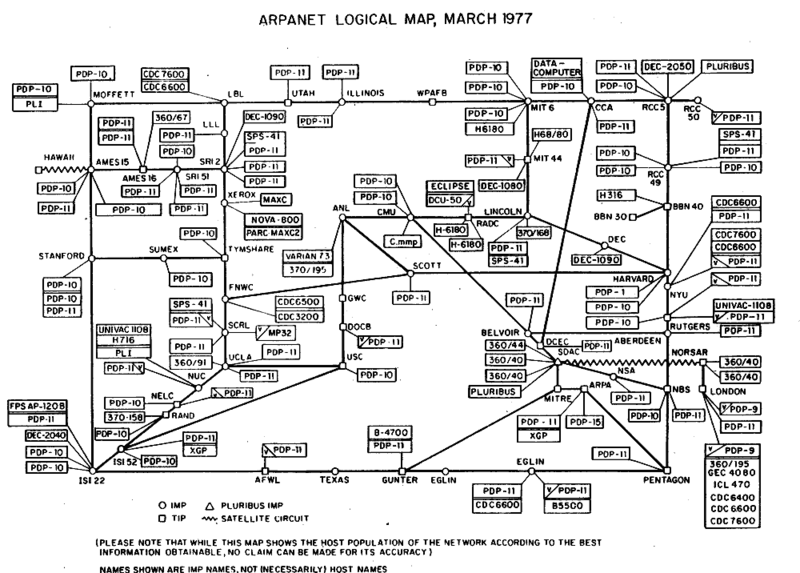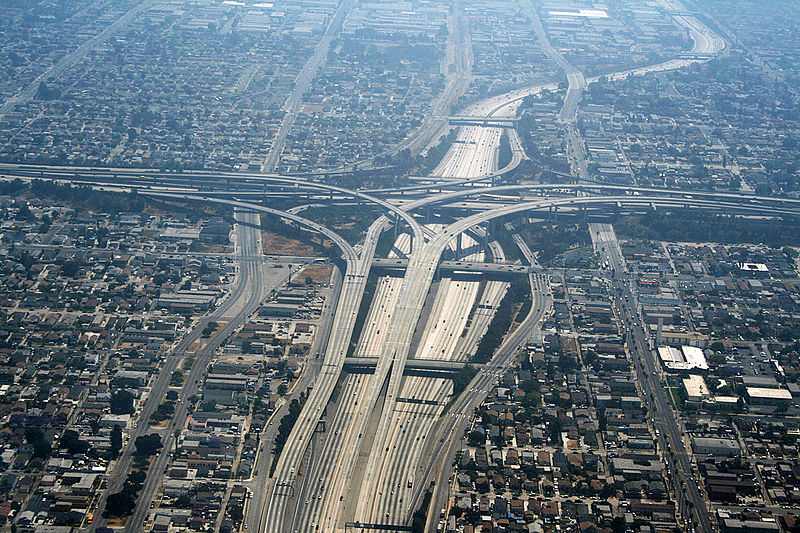Vint Cerf, father of cat photos (and the rest of the Internet), is concerned that this century’s history is being preserved mainly online in bits that could go bust. While it might be less embarrassing if it all went away, it’s important for posterity that our selfies and tweets be accessible to future generations who want to understand (and mock) us. Cerf has a plan for preservation. From Pallab Ghosh at the BBC:
Vint Cerf is promoting an idea to preserve every piece of software and hardware so that it never becomes obsolete – just like what happens in a museum – but in digital form, in servers in the cloud.
If his idea works, the memories we hold so dear could be accessible for generations to come.
“The solution is to take an X-ray snapshot of the content and the application and the operating system together, with a description of the machine that it runs on, and preserve that for long periods of time. And that digital snapshot will recreate the past in the future.”
A company would have to provide the service, and I suggested to Mr Cerf that few companies have lasted for hundreds of years. So how could we guarantee that both our personal memories and all human history would be safeguarded in the long run?
Even Google might not be around in the next millennium, I said.
“Plainly not,” Vint Cerf laughed. “But I think it is amusing to imagine that it is the year 3000 and you’ve done a Google search. The X-ray snapshot we are trying to capture should be transportable from one place to another. So, I should be able to move it from the Google cloud to some other cloud, or move it into a machine I have.
“The key here is when you move those bits from one place to another, that you still know how to unpack them to correctly interpret the different parts. That is all achievable if we standardise the descriptions.
“And that’s the key issue here – how do I ensure in the distant future that the standards are still known, and I can still interpret this carefully constructed X-ray snapshot?”•






